




When it comes to your mitochondria health, eating nourishing food is mission critical! Today’s food is not yesterday’s food. What I mean by that is the nutritional content of food has changed over the last 100 years due to farming practices, environmental chemicals, and processing techniques.
The key to a mitochondria-healing diet is eating organic unprocessed food and DIVERSITY of plants! That means eating a wide range of plants so you can support more species of bacteria in your gut microbiome...which ultimately leads to simultaneously supporting mitochondria cellular health.
In addition to eating high quality protein from plant and animal sources, I recommend a diet rich in brightly-colored fruits and vegetables because they contain phytonutrients that act as antioxidants to ward off free radical damage!
Here’s the problem, the western diet is rich in fat, sugar, processed grains and convenience foods…. and it’s not very diverse in plants! You might be interested to know that people from areas of the world where more variety of plants are consumed, have more gut microbiota diversity and fewer problems with autoimmune conditions, heart disease, cancer, weight regain, hormone imbalances, and digestive issues. That’s because their mitochondria are healthy!
The bottom line, eating a diversity of plants matters to your health. Western cultures have a tendency to eat these same foods over and over again: peas, carrots, potatoes, soy, wheat and corn... with occasional servings of various greens. That’s not very diverse! In fact, there’s a whole rainbow of plant foods that supports your health with phytonutrients. The more colorful the produce is, the more beneficial it is to your body. Here’s some basic tips to be successful with adding DIVERSITY into your diet.

Yes, I said minimum of 9 and you get bonus points if you eat 12 or more! We need to consume this much if we want to prevent chronic disease. A typical serving is only half a cup of cooked vegetables, one cup of raw leafy vegetable, or a medium-sized piece of fruit. Try to have about 3-4 servings of plant foods per meal, so you can meet your daily requirement.
It’s fun to experiment with new foods, new colors and new varieties. Sources of phytonutrients include fruits, vegetables, gluten-free whole grains, legumes, nuts, seeds and herbs/spices.
Our western diets are full of brown, yellow and white foods. For example at breakfast it is common to eat waffles, pancakes, cereal, sausage, toast and eggs. That’s NOT a lot of color! Take that same breakfast and instead have a smoothie with blueberries, peaches, raspberries and now you’ve added some color!
There are thousands of phytonutrients in nature. Even if they are colorful, if we eat the same foods over and over again, we may be missing a lot of important phytonutrients in foods. One thing you can do is to try a new food every week to ensure that you are getting variety. Don’t get in the rut of eating the exact same broccoli and cauliflower saute every single day. How about trying some bok choy and parsnips?
Sometimes, there can be a “synergistic” result from combining certain foods. We may achieve a better effect than if we just ate the foods by themselves. For example, putting turmeric with black pepper together with olive oil could enhance the phytonutrient effects of all three foods on your health. Adding lemon juice to spinach could help the iron become more absorbed by your body.
Some plant foods are just not that nutrient dense: like iceberg lettuce, white rice or white potatoes. Instead of eating these every day, you can have fun substituting with a more nutrient-dense option. For example, you could substitute iceberg lettuce for arugula, mashed russet potatoes with purple potatoes or sweet potatoes, and white rice with brown, or black wild rice. See how that works?
Sometimes we just don’t feel like cooking or we need to grab our nutrients on the go. For times like these, I reach for 2 products: PaleoReds® and PaleoGreens™. Please see the next page for more information.


For lowest cost and free shipping, visit laura.ehealthpro.com, to order supplements directly from Designs For Health. Prices beat Amazon and shipping is free!!

From polyphenols in apples to natural vitamin C from the Amazonian acerola cherry, PaleoReds® combines over a dozen fruits and vegetables and their phytonutrients from the red/purple group to help support optimal health. This great-tasting fruit and berry formula is ideal for people who need antioxidants, yet are sensitive to synthetic vitamin C made from corn.
• It contains 220% of the daily value of vitamin C
• It’s equivalent to the antioxidant capacity of 4 servings of fruit!
• Low in calories and sugar
• Contains an exclusive digestive enzyme blend
• Perfect for people who avoid or limit fruit consumption
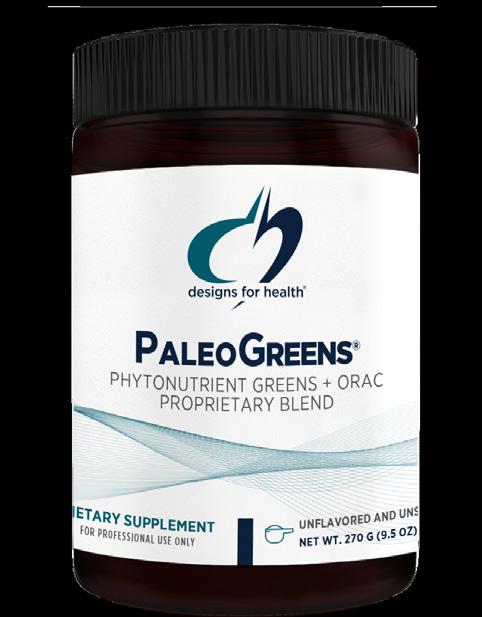
PaleoGreens™ is a vegetable, fruit, and berry blend with brightly colored and non-oxidized ingredients.
• These greens have a Paleo profile; they contain no grains, legumes, alfalfa, corn, gluten, fructose or artificial sweeteners
• Unlike other greens products, no added inexpensive fillers or bulking agents such as fiber, whole grasses, pectin, rice bran, and/ or flax, which account for 40% to 60% of the content of most other greens products
• Proven ORAC (Oxygen Radical Absorbency Capacity) value
• Great taste, with no added sugar
Apples
Beans (adzuki, kidney, red)
Beets
Beets
Bell peppers
Blood oranges
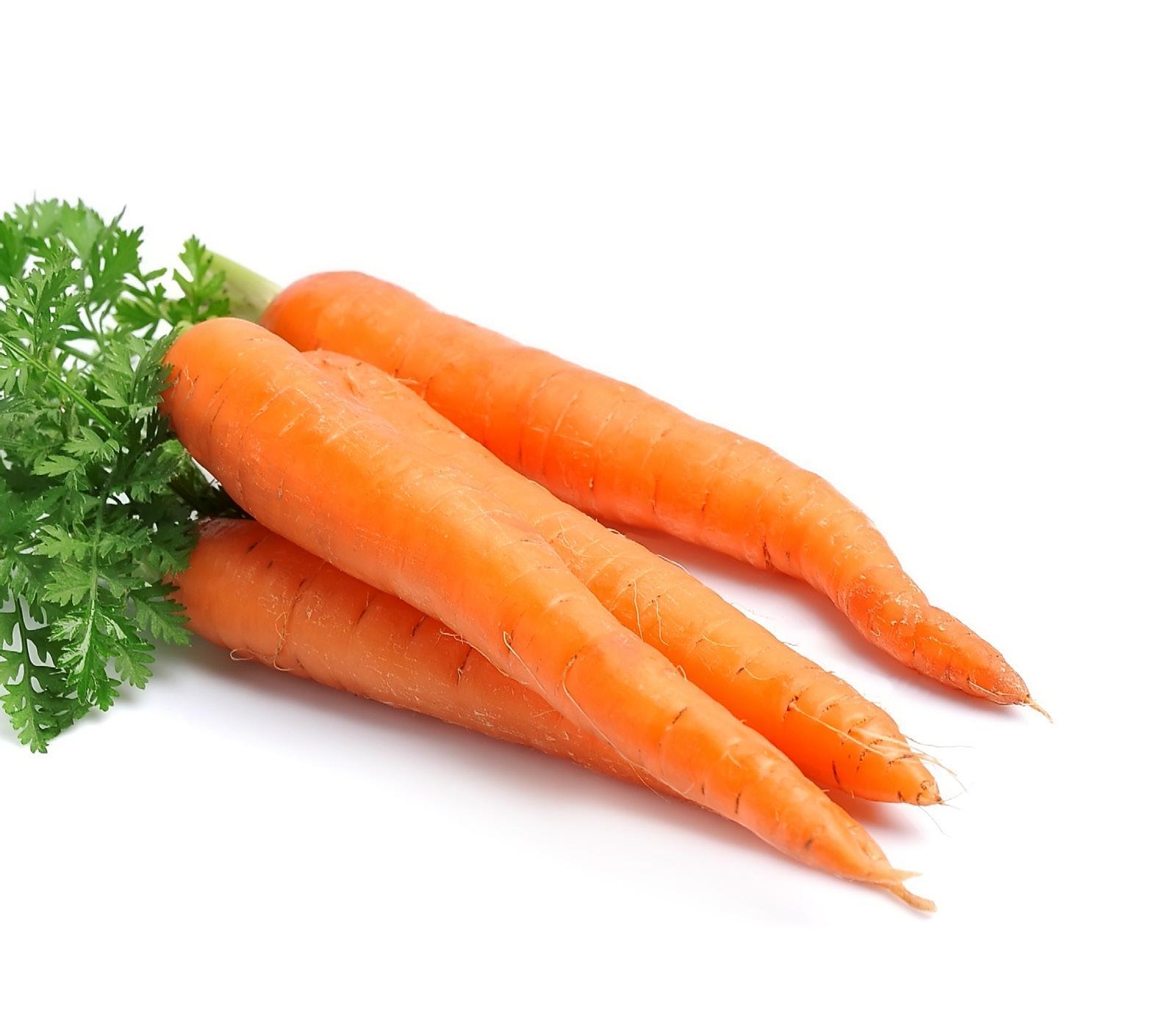
BENEFITS
Cranberries
Cherries
Grapefruit (pink)
Grapes
Onions
Plums
ORANGE FOODS
Apricots
Bell peppers
Cantaloupe
Carrots
Mango Nectarine Orange Papaya
Persimmons Pumpkin
Pomegranate
Potatoes
Radicchio
Raspberries
Strawberries
Sweet red peppers
Squash (acorn, buttercup, butternut, winter)
Sweet potato Tangerines
YELLOW FOODS
Apple
Asian pears
Banana
GREEN FOODS
Apples
Artichoke
Asparagus
Avocado
Bamboo sprouts
Bean sprouts
Bell peppers
Bitter melon
Bell peppers Ginger root Lemon
Millet Pineapple Starfruit
Rhubarb
Rooibos Tea
Tomato
Watermelon Anti-cancer
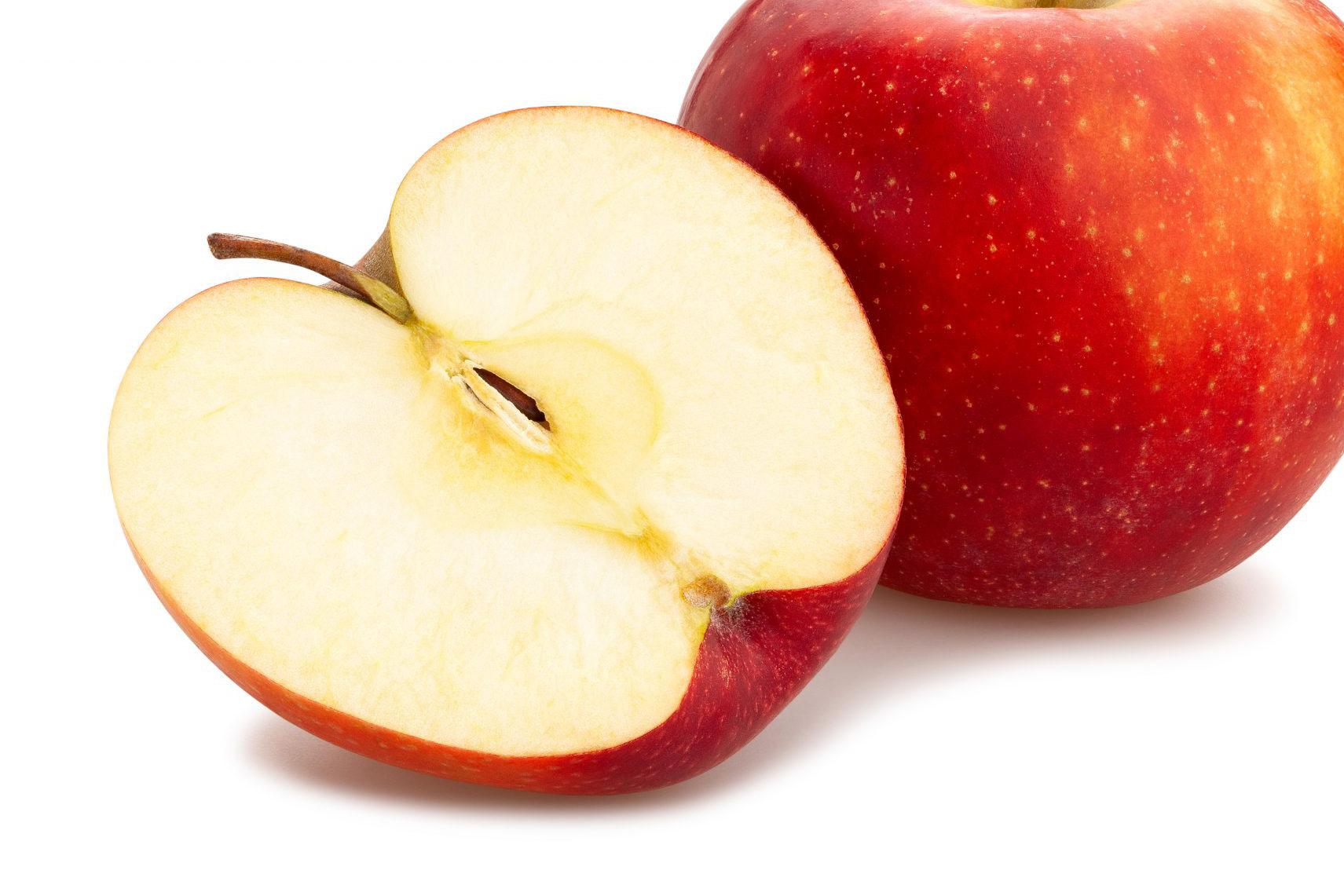
root Yams
Summer squash

Bok choy
Broccoli
Broccolini
Brussels sprouts
Cabbage
Celery
Cucumbers Green beans
BLUE,
Bell peppers
Berries (blue, black, boysenberries, huckleberries, marionberries)
Cabbage
Carrots Cauliflower
Eggplant
Figs
Grapes
Apples
Applesauce
Bean dips
Cauliflower
Coconut
Dates
Garlic
Ginger
Hormone Health
BENEFITS
Source of vitamin A
BENEFITS
Anti-cancer
Anti-inflammatory Cell protection
Cognition
BENEFITS
Green peas
Decaf Green tea
Greens (angula, beet, chard/swiss chard, collard, dandelion, kale, lettuce, mustard, spinach, turnip)
Limes
Okra
Olives
Pears
Snow peas
Watercress
Zucchini
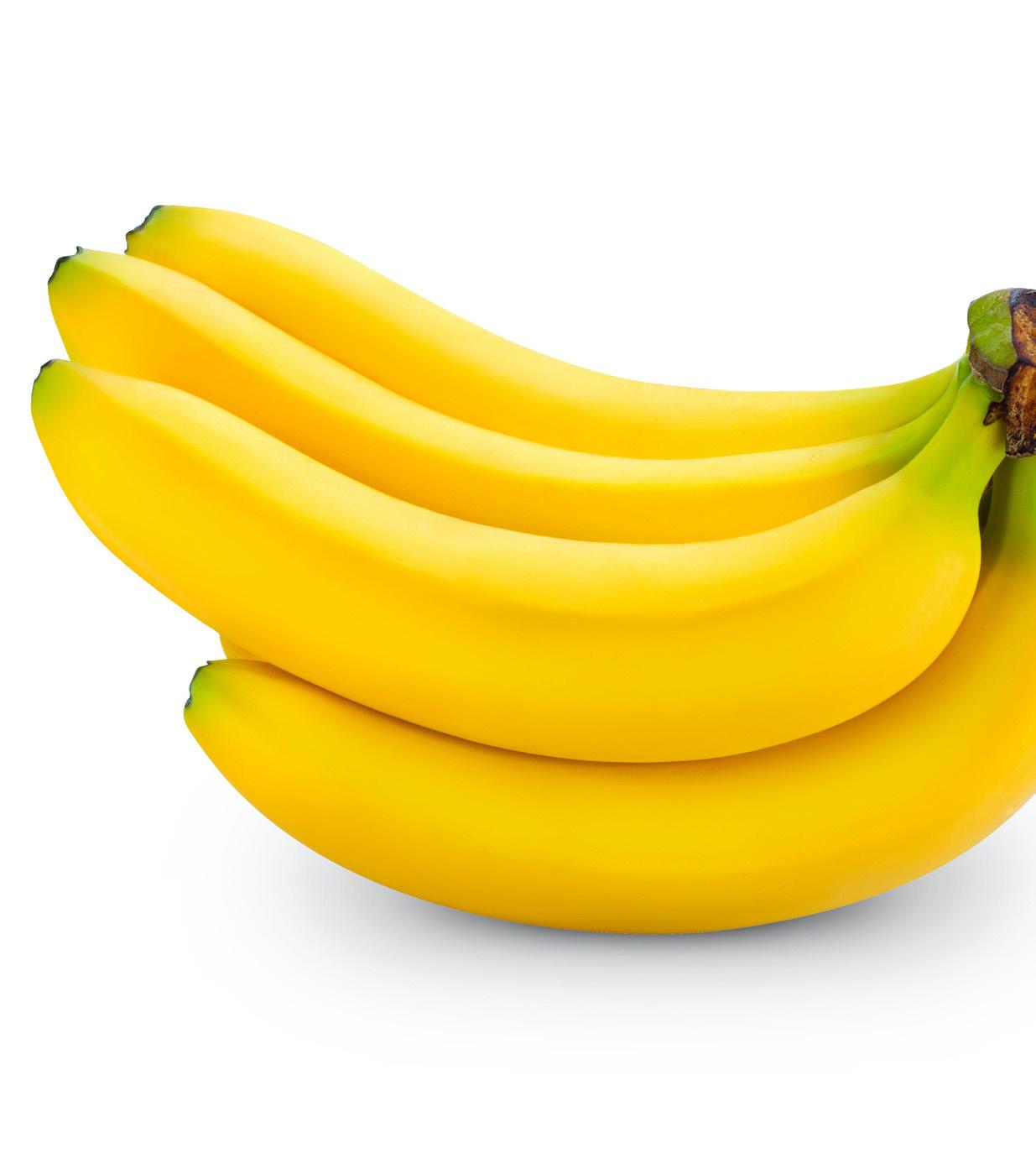
Anti-cancer
Anti-inflammatory Brain health Cell protection
Eye health
Heart health
Skin health
Vascular health
Skin health
Hormone balance
Heart health
Liver health
BENEFITS
Kale
Olives
Plums
Potatoes
Prunes
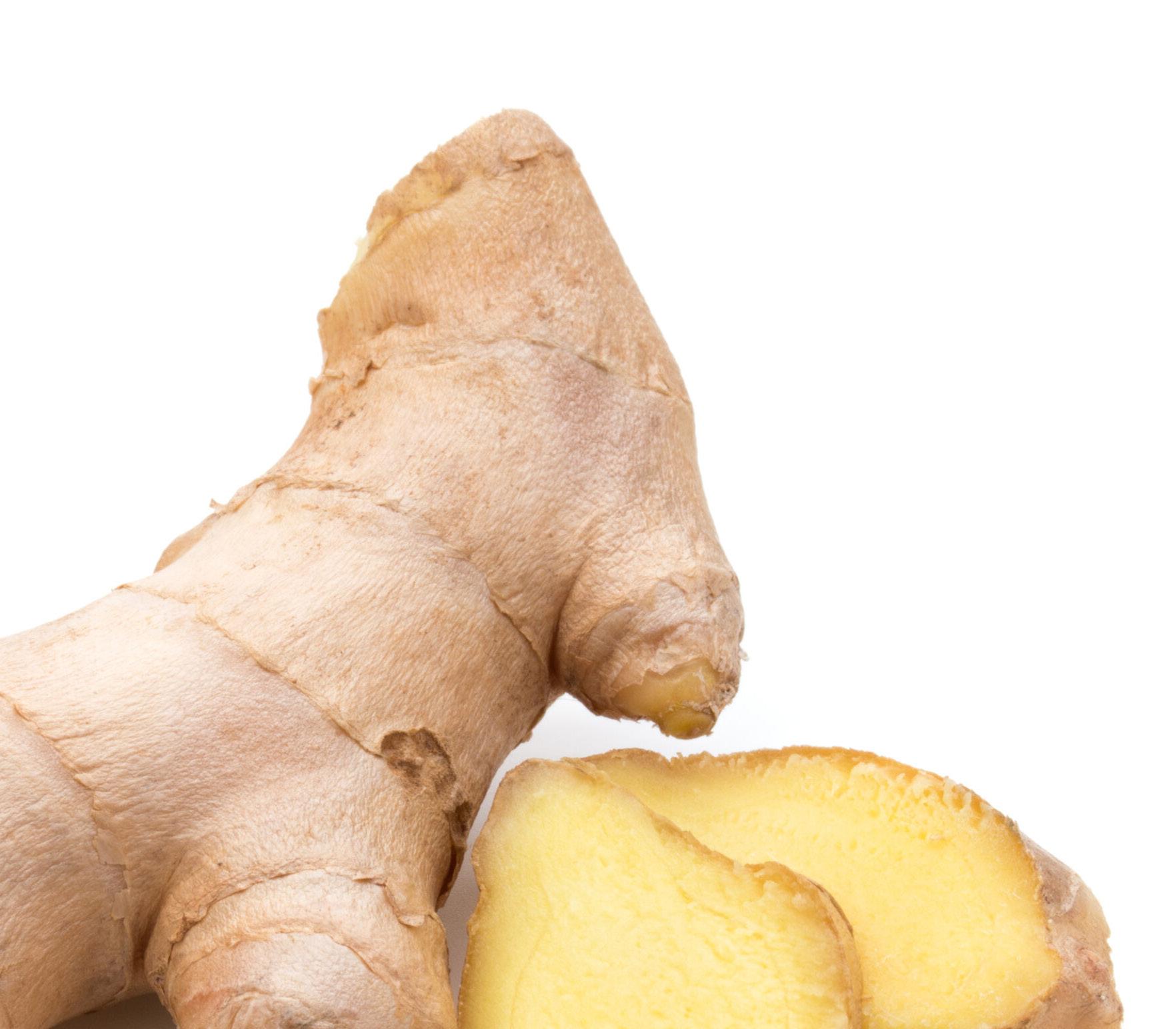
Rice (black or purple)
Anti-cancer
Anti-inflammatory
Cell protection
BENEFITS
Cognitive health
Heart health
Liver health
Jicama
Legumes (chikpeas, dried beans or peas, hummus, lentils, peanuts, refried beans/ low-fat)
Mushrooms Onions
Nuts (almonds, cashews, pecans, walnuts)
Pears
Sauerkraut
Seeds (flax, hemp, pumpkin, sesame, sunflower)
Shallots Tahini
Naturally caffeine free tea (black, white)
Gluten-free whole grains (brown rice, quinoa)
Anti-cancer
Anti-microbial
Cell protection
Gastrointestinal health
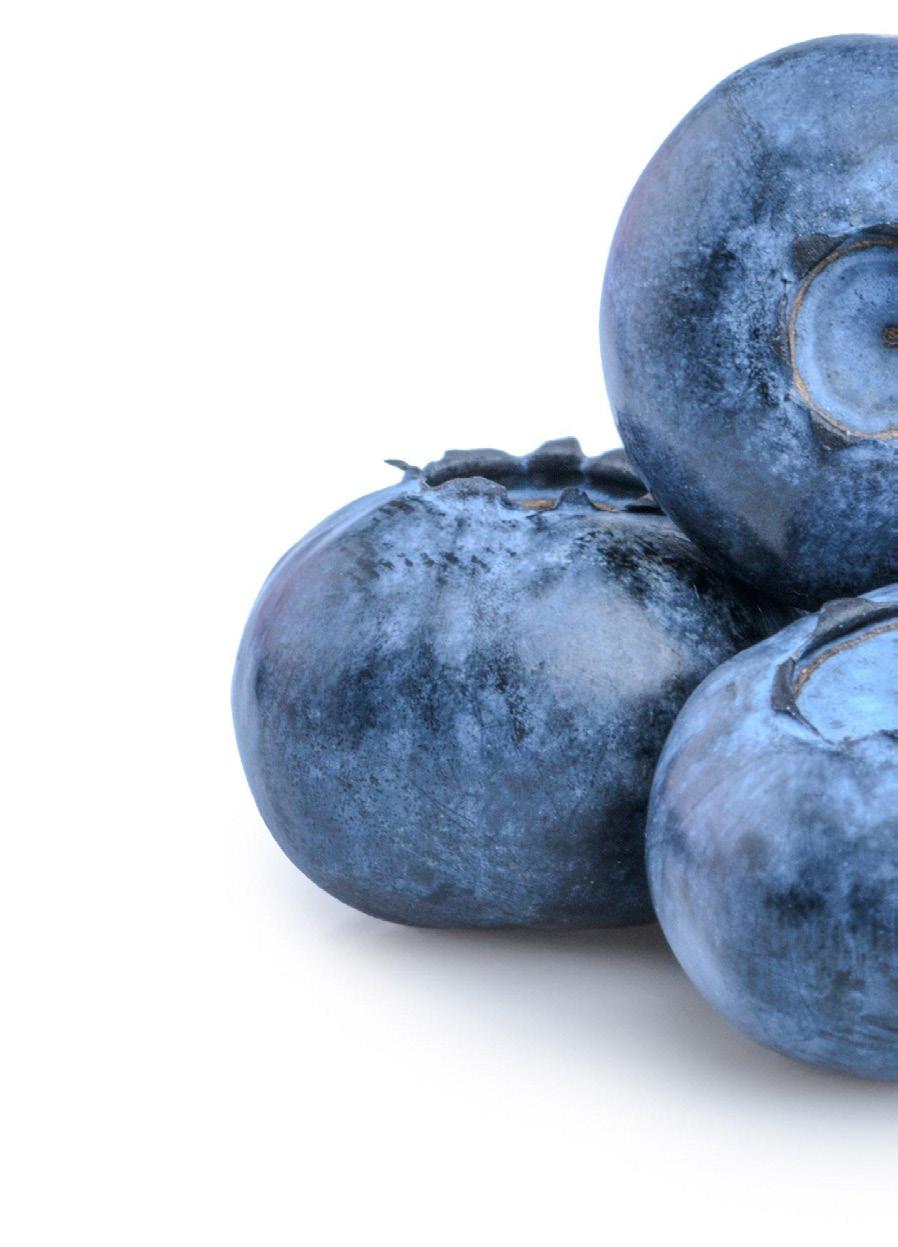
Heart health
Hormone health
Liver health
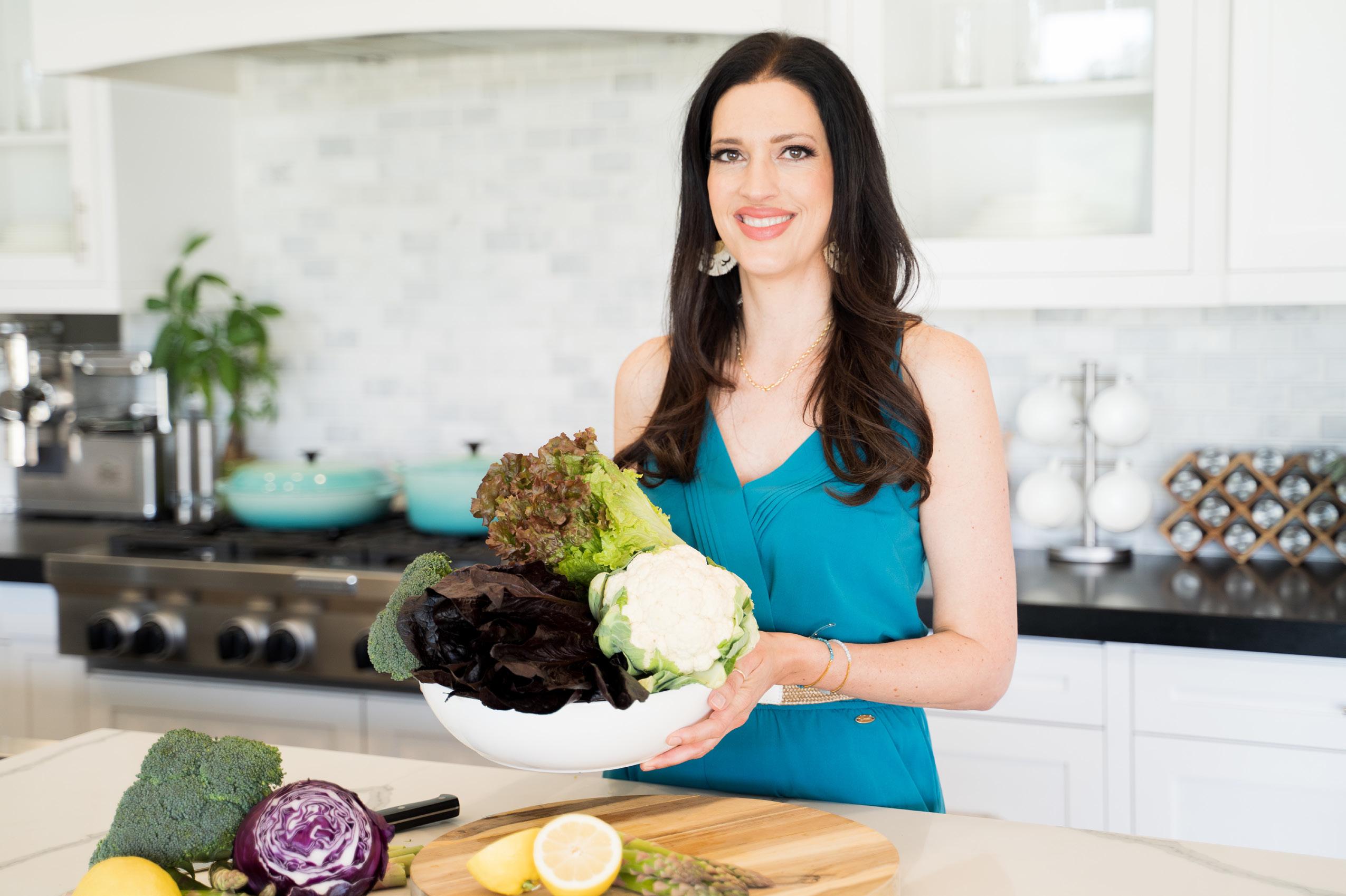

These statements have not been evaluated by the Food and Drug Administration. This guide is not intended to diagnose, treat, cure,or prevent any disease. It is recommended you discuss a new supplement routine with your doctor or pediatrician before using. i laura.frontiero f LauraFrontieroNP For additional information or support, contact: Laura Frontiero